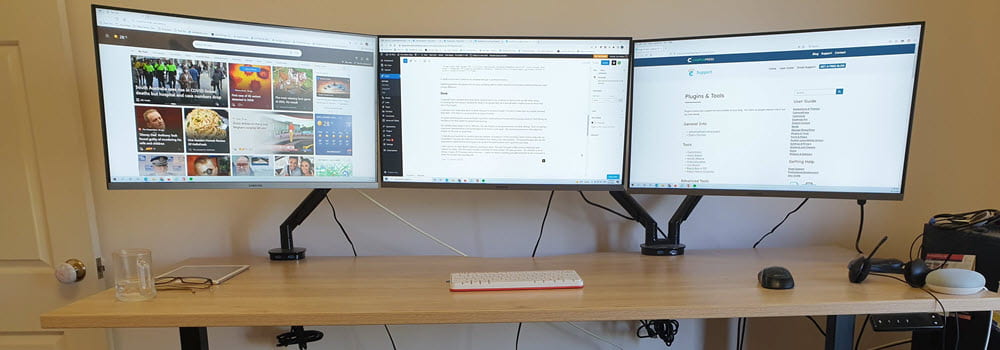“People’s interpretations of policy is causing lack of consistency (between States, Territories and organisations) on accessibility to tools for e-practitioners”
Early this week I flew across to Melbourne to participate in a workshop for the Australian Flexible Learning Framework’s VET Network and Firewall Access Research Project to discuss collaborative national solutions to ‘Computer Network and Firewall Access’ issues that are impeding e-learning implementation with IT support and e-practitioners from around Australia.
The idea of the workshop was to:
- Look at the issues and solutions for computer network access
- Identify common activities and types desired by e-practitioners to provide documentation to support network people to help applications of these in networks. e.g. information on the functionality of each tools such as Web 2.0, virtual classrooms, browser plugins and VOIP
The first activity of the day was for:
- IT support to identify their priorities, constraints, managment requirement
- Practioners to list their desired tools and applications for elearning including why chose, why important and any frustrations with being able to access
As a practitioner I was expected to write each tool/application on a separate piece of paper. For me this required only one sheet because I wanted access to “EVERYTHING” which, in typical practitioner fashion, created excessive work for the IT support on our table who had to write each reason why not on lots of separate pieces of paper.
I have issues with listing desired tools and applications because rapid technology development, especially Web 2.0 applications, means our choices of tools is evolving. For example, a list prepared early 2006 might have excluded Second Life, Twitter, Facebook, Google Talk which we now know have e-learning applications. My concerns are IT support and future e-practitioners may use this list as being “THE LIST.” A document with recommended tools and applications is being prepared for support network people – I hope they include several paragraphs at the beginning of it to highlight the changing and evolving nature of elearning. I would also like where possible the document to link to specific examples of the tools being used.
During the workshop representatives from:
- IT support (Wayne Kufer) provided us with a snapshot of the role of computer networks and firewalls
- AARnet (Guido Aben) discussed broadband access issues and the need for our sector to build our own networks
- E-practioners provided a snapshot of the VET elearning landscape (myself and Michael Coghlan) – I will talk about my own presentation in a different post.
Through out the presentations and activities there was plenty of humorous banter, with individuals expressing their differing view points. Notably opposing view points were often between the practictioners. Those that “advocated the need to use controlled environments, back out of using Web 2.0 tools due to intellectual properties issues and risk of being sued” to those that held the opposite view point. A practitioner did say that issues relating to Web 2.0 use with students needed to be debated more. I managed to hold my tongue but wanted to say issues and concerns of Web 2.0 use is a heavily debated on the blogsphere, make time to reading blog and maybe start voicing your own opinion using a blog.
While there were many at the workshop with a high understanding of the use of the tools and applications, there was many present with minimal exposure to their use. Possibly time should have been taken to showcase the educational use of some of the tools so everyone present had a good understanding of their value.
I also recommend that you read Robyn Jay’s from NSW Learnscope post on this workshop.
Definitely I think that my view points that where possible we should be educating our learners about the appropriate use of technology, rather than preventing access, was contrary to most present. In fact I think that the IT support staff were happy that I am not in their State/Territory. As I said, organisations have to make the decision whether they support e-learning OR NOT – you either want us to INNOVATE or NOT – put too many barriers in the way of people like myself and you might as well forget innovation because it all becomes JUST TOO HARD. Saying that, I agree there needs to be boundaries and the key as was mentioned during the day is “two way dialogue required” – all groups need to understand issues from both points of view 🙂




Leave a comment